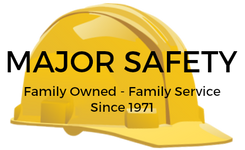Understanding Your Calibration Gas Cylinder Label
We want to help you make sense of the label on your calibration gas cylinder. What's in the cylinder? Is it still good or is it expired? We also want to explain how to determine if the cylinder still contains gas. Read on to learn more.
Read now
